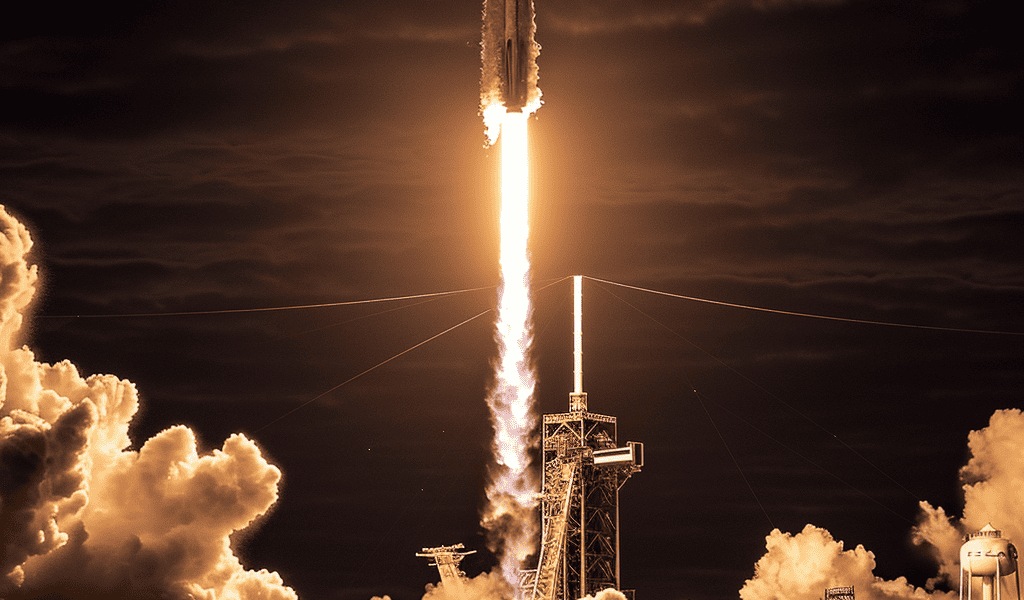On January 7, 2024, a Falcon 9 rocket successfully launched 23 Starlink satellites into orbit from Cape Canaveral Space Force Station. The launch took place at 5:35 p.m. EST, following a four-hour launch window that opened at 4 p.m. EST. The launch had to be rescheduled to clear the way for the inaugural launch of United Launch Alliance’s Vulcan rocket from a neighboring pad.
SpaceX’s Vice President of Launch announced on social media that it was a new Falcon record for the total time from hangar rollout to launch, clocking in at 6 hours and 33 minutes. The company aims to conduct 144 Falcon missions this year and has already completed three successful missions in 2024.
The first stage booster, tail number B1067, which supported this flight, marked its 16th flight, making it the fourth booster to reach that milestone. Notably, B1060, B1061, and B1067 have each launched two Crew Dragon spacecraft during their lifetimes. Additionally, B1080 is expected to join this club later in the month when it launches on its fifth flight with the Axiom Mission 3 (Ax-3) astronauts aboard Crew Dragon Freedom.
Approximately eight-and-a-half minutes after liftoff, the B1067 booster successfully landed on the droneship ‘A Shortfall of Gravitas.’ This marked the 56th successful booster landing on ASOG since its deployment. The other East Coast-based droneship, ‘Just Read the Instructions,’ is currently undergoing servicing in North Carolina.
The successful launch of the Falcon 9 rocket and the deployment of the Starlink satellites demonstrate SpaceX’s continued commitment to expanding its space-based internet service. With its ambitious mission goals and impressive track record, SpaceX remains a key player in the commercial space industry.





